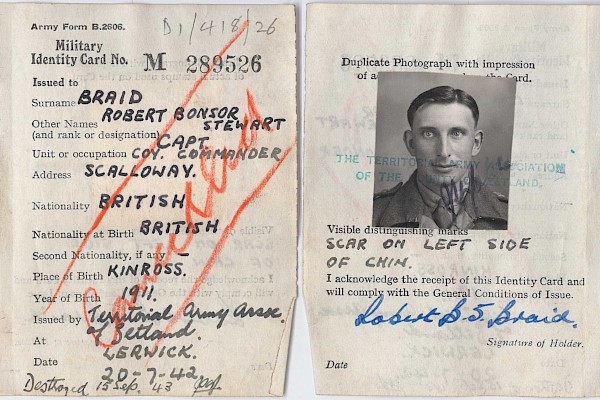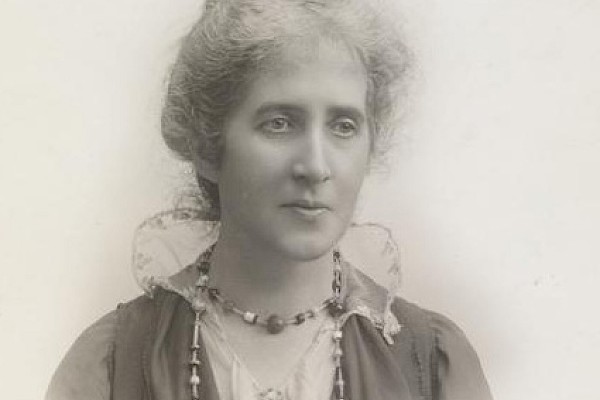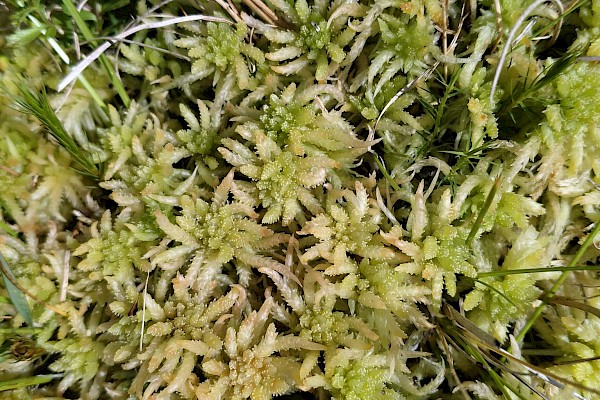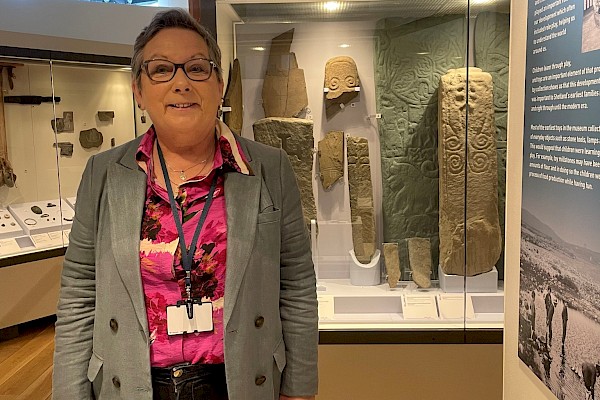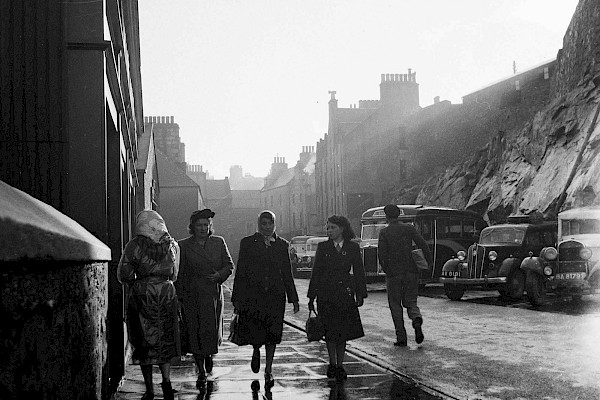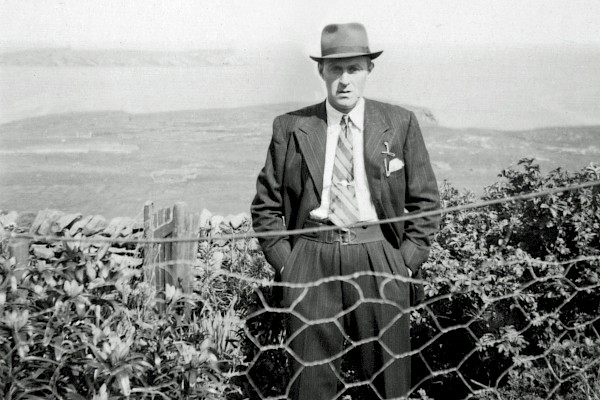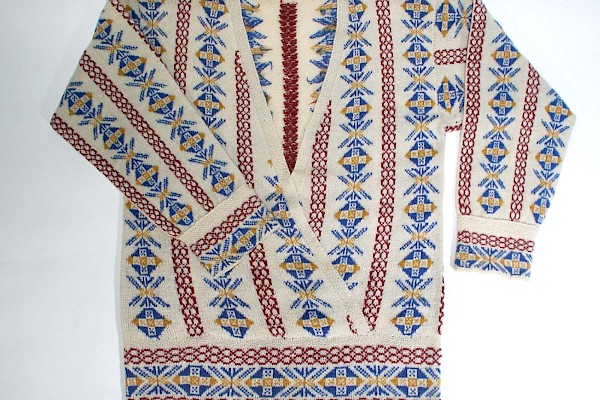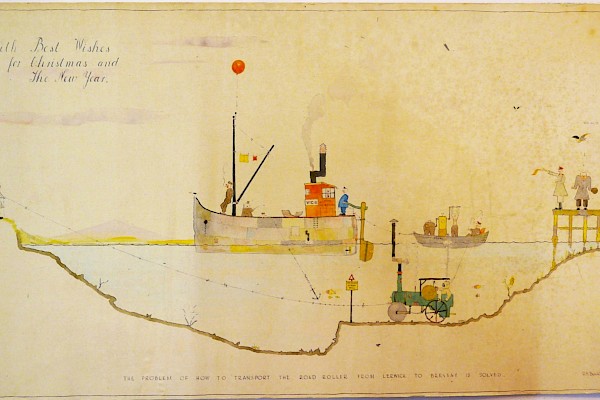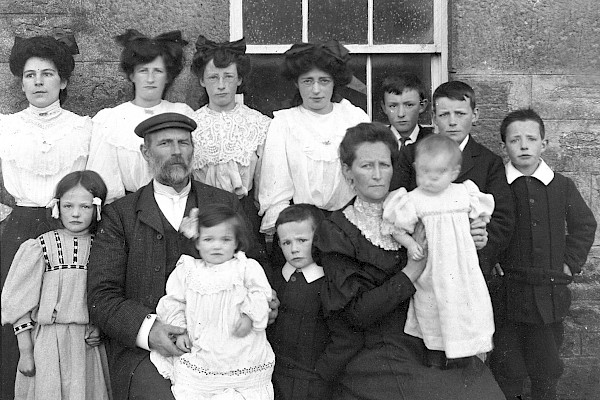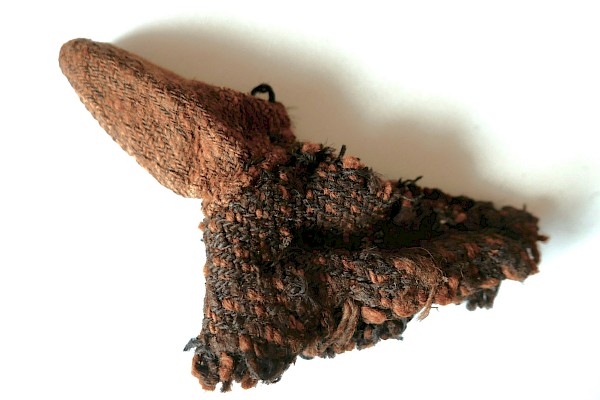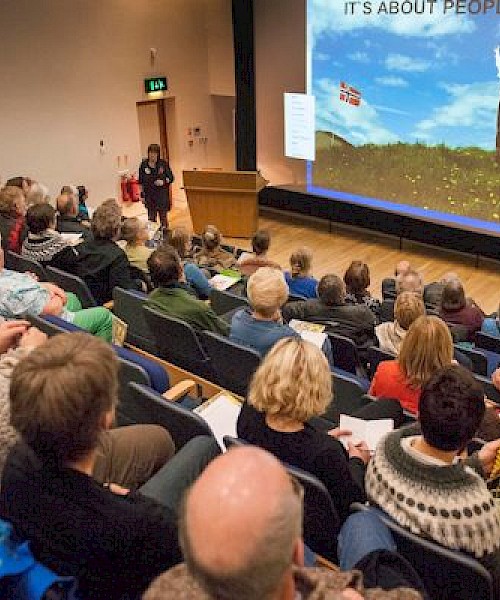A New Arrow in the Quiver
The transition from the Neolithic to the Bronze Age in Shetland brought new ideas, technologies, and materials. One key change was in arrowhead design...
When we think of the Bronze Age, we naturally think of the metal that gives the period its name. But bronze was only one part of a wider set of changes that reached Shetland with the movement of people, skills, and ideas. During this time we see innovations, such as burnt mound structures, new styles of pottery, metallurgy, changes in funerary rites, as well as advancements in tools. One especially interesting example of this change can be seen in the evolution of arrowheads.
In our Neolithic (New Stone Age) period, arrowheads in Shetland were typically ovate in shape (like the shape of an egg or leaf), and were usually made from felsite, though some examples in crystalline quartz exist too. The method of creating one of these arrowheads is called knapping. This process consisted of striking the core stone with a hammerstone to detach manageable sized flakes, then shaping those flakes with more strikes, and then pressure flaked to chip off smaller parts to create a more refined edge and piercing point.

In the transitional period between the late Neolithic and Bronze Age we see a new triangular shaped arrowhead appearing in our archaeological record, referred to as the tang and barb. We see two distinct design changes; the projectile point could now be attached to the rest of the arrow in a sturdier way with what’s called the tang. The tang is the rectangular part that’s opposite the pointy end; this section would have slotted into the wooden length of the arrow. The barb is the two symmetrical short points on the sides that face the opposite way from the piercing tip. The introduction of the barb meant that the arrow was more likely to stay lodged in the animal and slow it down, resulting in more successful hunting methods. It was a hit!

So, we know what shape they are, but what were they made of? In Britain and Ireland, the tang and barb arrowheads were commonly made from flint or bronze. But Shetland lacks a natural source of flint, and bronze – an alloy of copper and tin – was a rare and valuable material here – the nearest source of tin all the way down in Cornwall. There is evidence of Bronze Age metallurgy here in Shetland, but so far, no bronze arrowheads. It’s possible there might be bronze tang and barb arrowheads out there, but they either haven’t been found yet, or perhaps they did not survive in our our acidic soils.
This resulted in geological adaptation of a material already in Shetland, the sharp, easily shaped, quartz. In archaeology this is known as a skeuomorph – an object that is the exact same shape as another object but is made from a different material.
This arrowhead can tell us so much about the past. It reveals a prime example of cultural diffusion; with the movement of people comes the movement of ideas, how early Bronze Age people innovated and adapted to different geographical resources, and how a can-do attitude has persisted through the ages in our islands, a quality we still resonate with to this day.
These arrowheads are on display in the lower gallery of Shetland Museum & Archives. We have further examples at the museum store.

